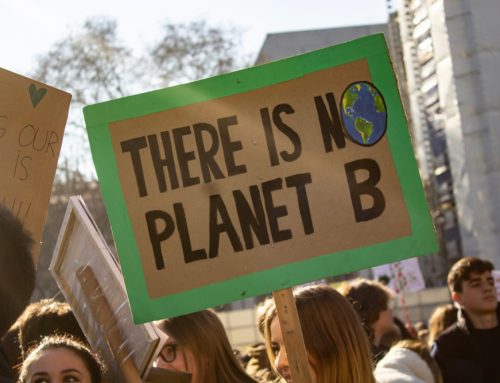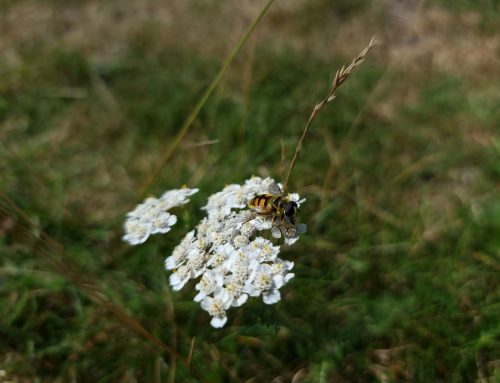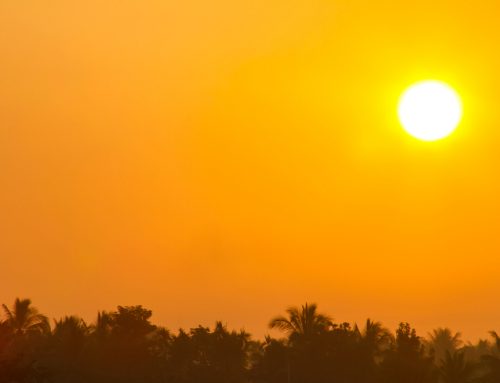New data from the University of Maryland and online monitoring platform Global Forest Watch has found that the rate at which forests are being destroyed increased in the last year.
In areas such as the Congo, south-east Asia and the Amazon, the losses were significant. Last year saw the third-worst year for deforestation since records began in 2002.
“Brazil had achieved a huge reduction in deforestation, but we are now seeing the unravelling of that success, and it is heartbreaking,” said Frances Seymour from the World Resources Institute (WRI).
“Unless we offer alternatives, it is likely that governments will try to recover on the back of forest loss, [particularly] governments facing high levels of debt. The longer we wait to tackle deforestation, the more likely it is that these carbon sinks will go up in smoke,” she added.
In Brazil, 1.7m hectares were destroyed. In Germany and Australia, levels also increased – largely due to warmer weather.
Deforestation didn’t increase everywhere. In Indonesia, levels of deforestation fell for the fourth consecutive year.
In November, the UNCop26 will be meeting and Seymour has commented on how forests will need to be on the agenda at the climate talks. She said: “The world’s forests are still an enormous carbon sink, and we need to keep that carbon sequestered to avert catastrophic climate change.”
Whilst deforestation is increased in wealthier and poorer countries alike, Alok Sharma, the president of Cop26, has made it clear that the responsibility is on healthier nations to take more action to tackle climate change.
He said: “The people who have done the least to cause the climate crisis are suffering the most. This is a searing injustice. And so developed countries have a particular responsibility to support the response of communities that are most vulnerable to climate change. We are running out of time.”








Leave A Comment